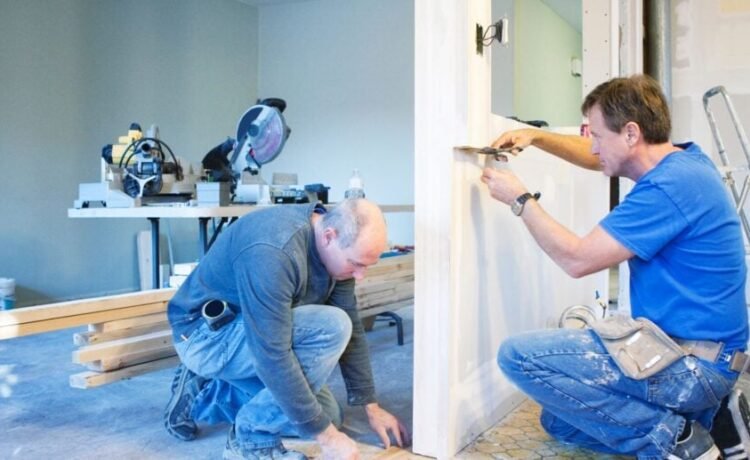Some flippers buy on the style of home, location, or type of projects that need to be done. For me, flipping is a game of time and money.
I buy on anticipated risk, estimated timelines, and math. If the resources are available and the deal makes financial sense, I will buy it. My primary focus is the value I can create for a return and the data points I can obtain.
Therefore, I always look for these five things when I’m evaluating if the deal is right for me.
1. Meets My Minimum Returns
My minimum is a 35% cash-on-cash return on a six-month basis (or 70% annual return). Flipping comes with risk, so the reward needs to be worth it. Knowing my returns helps me to make a quick decision and establishes my risk tolerance. By creating a standardized expectation on return, I can easily determine how aggressive I need to be.
2. Can Be Done Over a Short Time Horizon
The quicker I can get in and out of a deal, the higher an annualized return I can create to roll into the next deal. The returns compound for maximum growth. The longer a project takes, the higher the profit needs to be. Too much time can quickly erode profits.
3. Having Dependable Comps
I do not like to speculate when purchasing high-return, high-risk investments. I always ensure I have at least two sold comparable properties and at least one pending comparable to properly evaluate the post-repair value.
In addition, I review market conditions by looking at absorption rates of homes and current inventory levels. When absorption and inventory levels are high, it indicates whether there is upside in the property’s value and how quickly it will stay on market. These data points help me determine my hold times and how fast I think I can flip the home.
4. Having Resources on Standby
If I don’t have a crew readily available to perform the scope of work for the specific project, I will most likely pass on the deal. If you don’t have the resources available to implement the plan, it will slow down the project, resulting in inefficiencies and profit loss.
5. Free of Potential Deal-Breakers
No matter how cheap the deal is, my deal-breakers won’t bend. They include environmental issues, long permits, disputes, and locational requirements, which can all lead to unknown timelines. Unknown timelines mean unknown returns, and I want nothing to do with that.
Putting My Plan Into Practice
The Flip/Off competition with Henry Washington is based on annualized cash-on-cash return.
As a rule, the length of construction and market times can massively impact profits on a project. I targeted a more cosmetic-style flip to minimize delays and ensure I had readily available resources to complete the scope of work. Profitability is highly based on timelines. The amount of time our capital is in the deal (less is better) will directly impact our cash-on-cash return.
I stuck to my core principles when I selected the Kent project. I purchased this 1,340-square-foot home for $380,000 and quickly confirmed a contractor who could start immediately.
What drew me to the property was that this three-bedroom, two-bath home already had an excellent layout, a large family-friendly backyard, and it was located on a great street. From experience, I know that projects with minimum layout changes automatically have faster time frames due to no need for slow permitting issues, as well as minimal framing.
I was also able to locate three recent same-style home comparables within a half-mile radius with an estimated after-repair value (ARV) of $625,000. After reaching out to brokers in the area, I was able to confirm that every property had multiple offers and over 20 interested buyers. This valuable piece of information told me that once again I could speed up the process by not having to plan for longer time on market. I could also assume I had some runway on the ARV.
Selecting the right product, securing a contractor that could start the day of closing, and gathering information from brokers in the area all confirm we should be able to flip the house in less than six months.
Final Thoughts
Flipping isn’t just about profit. It’s about targeting the most efficient way to deploy your capital and generate the highest overall return. Knowing your resources, confirming your data, and establishing your buy box will help reduce risk and allow you to grow most efficiently.
Whose House Flip Can Pull In the Biggest Return?
A house flipping competition like never before! Henry and James detail two recent flips they’re working on and battle against each other to see who can score the highest return. Which property will win the Flip/Off?
Note By BiggerPockets: These are opinions written by the author and do not necessarily represent the opinions of BiggerPockets.







